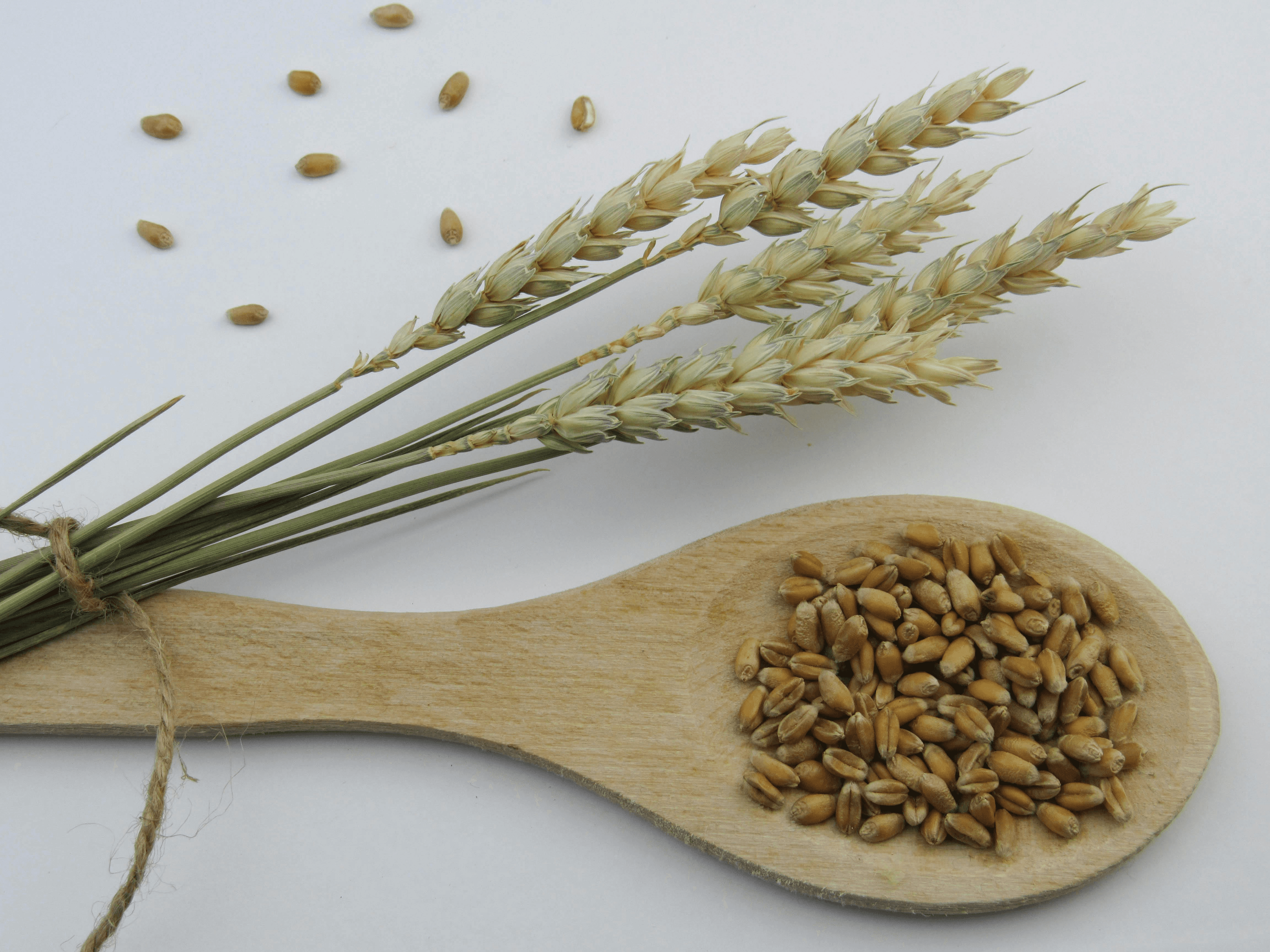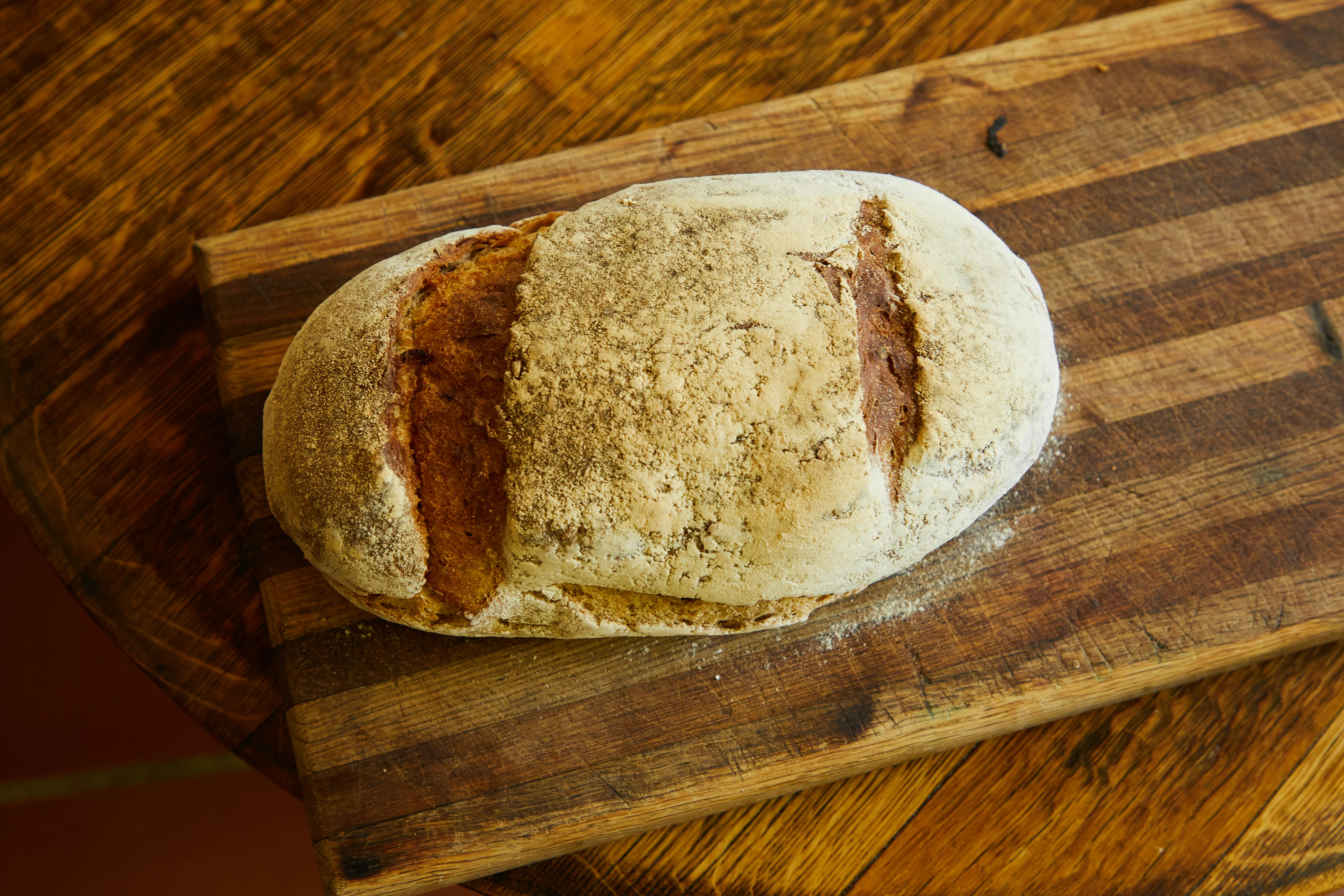Can You Use Whole Wheat Flour Instead of All-Purpose in Pasta?
Yes, whole wheat flour can be used instead of all-purpose flour in pasta making, but there are some important points to consider. Whole wheat flour offers more fiber and nutritional content, making it a healthier option. However, it has a denser texture and a nutty flavor compared to all-purpose flour. These changes may require adjustments to the recipe, such as increasing the amount of liquid to prevent the dough from being too stiff or dry.
Introduction to Pasta Flour Choices
Choosing the right flour directly affects the texture and flavor of the pasta. Each type of flour gives a different character to the dish. All-purpose flour provides a light and versatile structure with a neutral flavor, suitable for various types of pasta. Whole wheat flour, on the other hand, offers a denser texture and a nutty, earthy flavor, creating firmer pasta. Semolina flour is used in traditional Italian pasta and provides a firm, rough texture that helps sauces adhere better to the pasta. Knowing which flour to use depends on the type of pasta you want to make.
Why Should You Prefer Whole Wheat Flour in Pasta Making?
Whole wheat flour provides more nutritional value compared to all-purpose flour and is an attractive option for health-conscious cooks. This flour contains more vitamins and minerals in its unprocessed form. Its high fiber content aids digestion and is beneficial for a healthy gut. Additionally, whole wheat flour provides more B vitamins, iron, and magnesium, making it a nourishing and healthy alternative in pasta making.
Effects of Whole Wheat Flour on Pasta Texture and Flavor
Using whole wheat flour results in noticeable changes in both the texture and flavor of your pasta. It creates a firmer and denser texture compared to all-purpose flour. Due to its high fiber content, the pasta gains a more substantial structure, while its nutty and earthy flavor adds richness to the dish. The natural color of whole wheat flour also gives the pasta a darker and rustic appearance. Therefore, it’s important to adjust the amount of liquid in recipes to achieve the right consistency.

How to Successfully Use Whole Wheat Flour in Pasta Making
To successfully make pasta with whole wheat flour, some recipe adjustments are necessary. Since this flour absorbs more liquid, you may need to add more liquid to ensure the dough reaches the right consistency. Additionally, letting the dough rest is important for enhancing its elasticity and making it easier to shape. Gradually mixing the flour can also be beneficial in achieving the desired result. This way, you can create pasta that is both nutritious and flavorful.
Comparison of Whole Wheat Flour and All-Purpose Flour
The main difference between whole wheat flour and all-purpose flour lies in their nutritional values and processing methods. All-purpose flour is obtained by removing the bran and germ from the wheat, which reduces its nutritional value. In contrast, whole wheat flour includes the entire wheat grain, providing more fiber, vitamins, and minerals. However, whole wheat flour has a denser texture and requires adjustments in recipes due to its higher liquid absorption. The choice between the two flours depends on the type of pasta being made and personal preferences.
Cooking Time and Heat Settings for Pasta Made with Whole Wheat Flour
Pasta made with whole wheat flour may require a slightly longer cooking time compared to all-purpose flour. This is due to the density and higher fiber content of whole wheat flour. To ensure your pasta is cooked to perfection, pay attention to the boiling temperature of the water and the cooking time. Generally, the cooking time for whole wheat pasta can be a few minutes longer than for pasta made with all-purpose flour. This helps prevent the pasta from becoming too firm and dense.
Mixing Whole Wheat Flour with Other Types of Flour
Combining whole wheat flour with other types of flour is a great way to create a nutritious and balanced pasta dough. Especially mixing whole wheat flour with all-purpose or semolina flour can soften the pasta’s texture while preserving its nutritional value. These mixtures are ideal for those who want a lighter pasta structure. Typically, a mixture of 50% whole wheat flour and 50% of another flour type yields a balanced result in terms of health and flavor.
Differences Between Whole Wheat Flour and Gluten-Free Flour
Whole wheat flour and gluten-free flour differ significantly in nutritional values and content. Whole wheat flour contains gluten naturally, as it is made from the entire wheat grain. Gluten-free flours, on the other hand, are derived from various grains and plants such as corn, rice, or almonds, offering a gluten-free alternative. Therefore, individuals with gluten sensitivity cannot consume whole wheat flour, while gluten-free flours are suitable for them. However, the texture and cooking time of gluten-free flours may vary, so caution is needed in recipes.
Making Different Types of Pasta with Whole Wheat Flour
Whole wheat flour can be used not only in classic pasta making but also in various pasta types. For example, you can make ravioli, fettuccine, or tortellini using whole wheat flour. When combined with the dense texture of whole wheat flour, these pastas become a more filling and nutritious option. Additionally, whole wheat pasta pairs well with vegetable or meat sauces, creating a richer combination.

Is Pasta Made with Whole Wheat Flour Healthier Than That Made with All-Purpose Flour?
Pasta made with whole wheat flour is healthier than that made with all-purpose flour due to its higher content of fiber, vitamins, and minerals. Being rich in fiber, it supports digestion and helps maintain a feeling of fullness for longer. Additionally, the essential nutrients found in whole wheat flour, such as iron, magnesium, and B vitamins, contribute to a more balanced diet. Regular consumption of whole wheat flour may also be effective in reducing the risk of chronic diseases such as heart disease and type 2 diabetes.
Should You Switch to Whole Wheat Flour in Pasta?
If you are looking for a healthier pasta alternative, switching to whole wheat flour is an excellent choice. While its texture and flavor may change, with the right adjustments, you can still make delicious and nutritious pasta. Eflani Flour offers high-quality whole wheat flour for all your pasta-making needs, providing a nourishing and flavorful dining experience.


